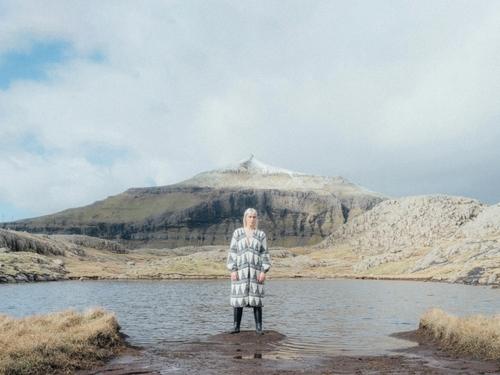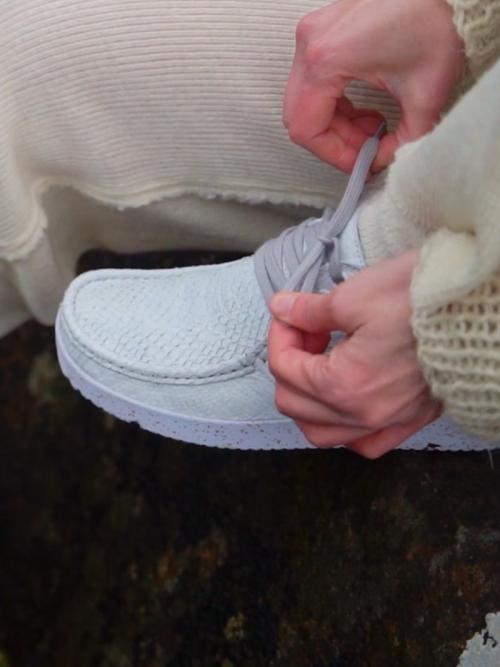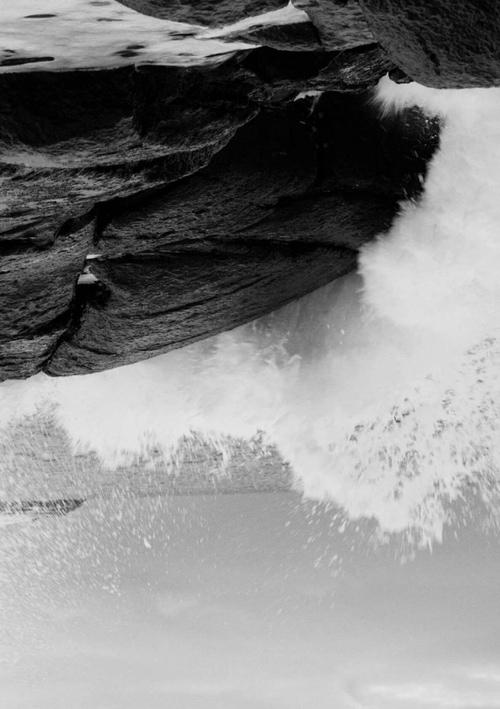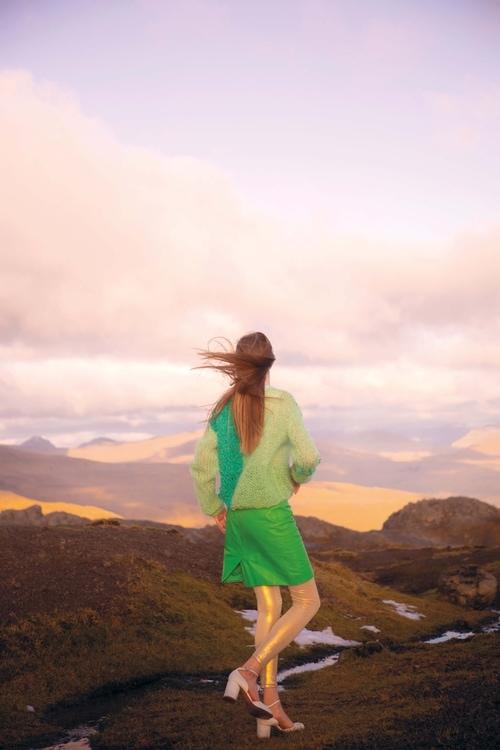knitting, a job for everyone
February 07, 2018
It wasn’t just women who knitted in the Faroes back in the day. Knitting was essential and was a job for everyone, no matter age or gender.
In early nineteenth century, the Faroese had been offered to sell the wool instead of sweaters but there was no chance of that. instead knitted sweaters were exported and sold. not only sweaters but many other knitted goods.
So much so that it was normal that children had to knit a certain number of “rows” before being allowed to go out and play.
The method was slightly different back then. When knitting the body for a sweater it was normal to use as many as 9-11 needles. The needles were made of steel back then and it made them very heavy.
Children would often help out by holding the heavy body and help moving the needles.
To make it easier, two people would sometimes knit the same sweater at the same time. This required great discipline for both knitters, especially in speed and knitting so no marks could be seen on the sweater.
//
Remember the story about the ship sweaters with the patterns?
These were the sweaters that were sold and exported to Denmark. Two types of sweaters were knitted at that time. for themselves the Faroese used the soft wool of the sheep. These were called soft-sweaters, while the ‘ship-sweaters’ were made out of the dry and itchy wool and were sold.
It was usual at that time that the sweaters were knitted with two colours. The yarn was coloured by using Faroese plants and their roots.
The Danish king's representative received a letter of how the sweaters should look like.
The guide outlined how the sweaters should be knitted, how much it should weigh, what size it should be, how many stitches, what colour and what pattern. a model was kept in the store for people see and to follow.
The sweater should be white with scarlet coloured pattern, the darker the better. an exception was made for villages with little lichen (of which the scarlet dye is made).
//
In these days there were no roads or ferries and it was very rare for most people to come to the capital. once a year people would go to tórshavn to sell and trade. they came by foot or rowing.
But the people working on the farms around the islands rarely left their village, let alone to go to the festivities in the capital.
Of this one slight problem arouse, the model of the sweater they were supposed to knit to was in the capital….. So it was that many knitted sweaters were rejected because they did not fit the criteria described by the guidelines and the model-sweater kept in the store in Tórshavn.
Usually someone who had seen the model-sweater would tell someone how it should be, who would then tell someone else and so on.. the result was usually nothing like the original.
It was scandalous when so many sweaters were rejected, often a whole winters work out the drain. Therefore several new models was sent out to all of the districts sherifs around the islands so it would be available to more people to see and hopefully limit the rejections of the sweaters.
These sweaters were exported for sale in Copenhagen and around Denmark. Somehow the faroese sweaters got the name Islænder // Icelandics, which this type still is being called today. There is a possibility that it got the name because the sweaters arrived with the Icelandic wool. But it didn’t take long for the Icelandic knitting ladies to make it clear that these sweaters never had been in Iceland, and that could be seen clearly on pattern and shape.












